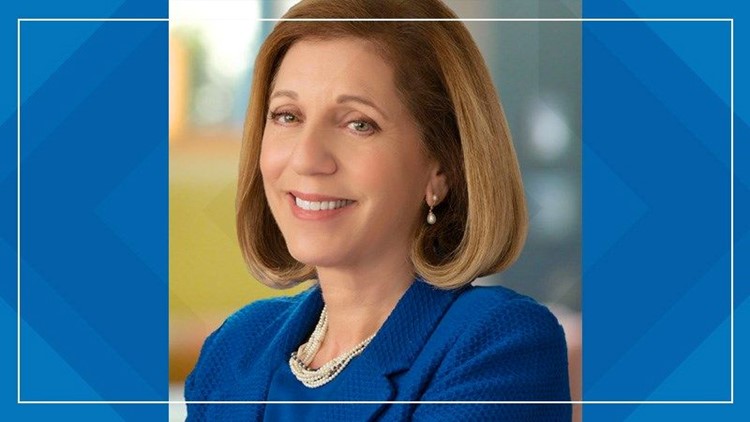Re-structuring City Government in the New San Diego: A Blueprint Going Forward
In a few short weeks, the NFL established a completely new, socially distanced process for drafting college players.
In the same time, Development Services successfully transitioned to online permitting and a work-from-home business model.
Necessity is and will be the mother of invention. Tough times create the opportunity for positive and lasting change.
With municipal revenues in free-fall and COVID-19 still unfolding, the City of San Diego must prepare to operate in new ways. To lead an effort to build an inclusive economic recovery, we must reshape the way we serve residents — by being smarter, more efficient, more transparent, more accountable and more equitable.
It disappoints me that most of the budget reductions proposed so far are in the neighborhood services our residents need — such as libraries, parks and recreation centers — while the city allows a bloated middle management — including layer upon layer of “communications specialists” — to drain resources from more important services.
In the new San Diego, the needs of residents come first.
I’m optimistic about San Diego’s future. Our biotech industry is on the forefront of developing vaccines and treatments for COVID-19. Our tech companies are still hiring, and they create good-paying new jobs while revolutionizing the way we communicate. Our healthcare system has demonstrated that it can scale to fight a pandemic.
But we’re struggling right now, and that’s because we still think like the old San Diego. We overly depend on tourism, hospitality and other sectors whose future is uncertain.
In the new San Diego, we ask new questions:
- Where will city employees work, and how much office space does city government need?
- What changes may be required in our climate action plan?
- How can we use technology to better enable our residents to interact with government and with each other?
The old San Diego bought buildings like 101 Ash Street, which still sits empty, costing taxpayers $540,000 a month.
The new San Diego completes the SDSU Mission Valley transaction and then works with SDSU to make the Mission Valley Campus a regional hub for R&D beginning with SDSU’s $350 million investment in infrastructure including a river park and a new stadium.
The new San Diego supports the true heroes of this pandemic — those in health care, food sales, sanitation, education and public safety — by ensuring that they all have living wages, access to quality healthcare and childcare and affordable housing so they remain here when we need them.
The new San Diego utilizes technology to enhance public participation, transparency and accountability in government. In the last few weeks, I have attended several virtual community meetings at which participants have said they want this option to continue after the pandemic ends.
The Budget Review Committee, which I chair, begins hearings on the fiscal year 2021 budget tonight at 6 pm. This meeting is designed for public input. I urge you to attend and to be loud and strong.
Every crisis presents an opportunity to re-think the way we provide services and facilities for our constituents. As Budget Chair, I will ask every department to re-think the way they operate and provide options for more efficient and effective ways to serve the public. I will ask that all scheduled pay raises for elected officials be frozen though June 30, 2021. We can’t ask city employees and residents to make sacrifices unless elected officials are prepared to lead by example.

This year’s budget must be used to respond to community needs and chart a new course for city operations, not to maintain a City bureaucracy.
Category: Business, Finance, Government, Local News, Politics







